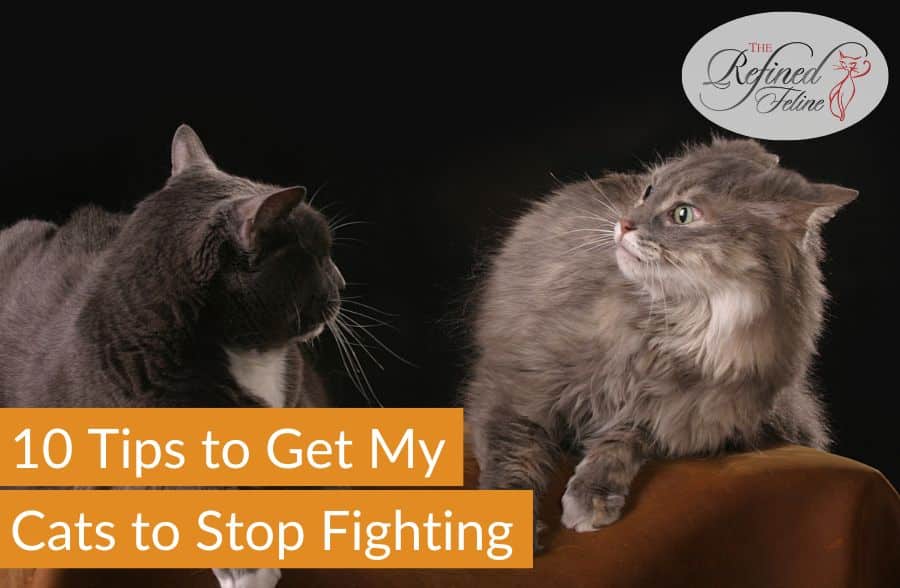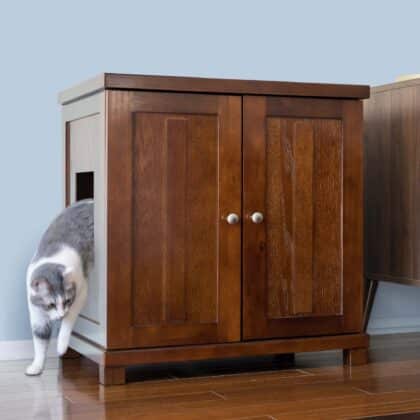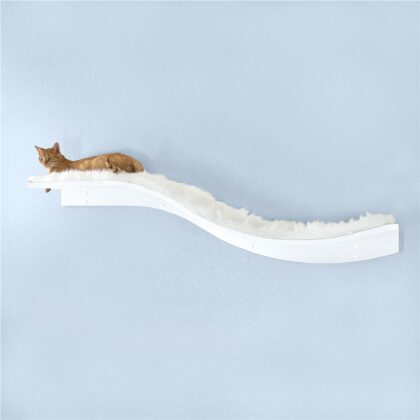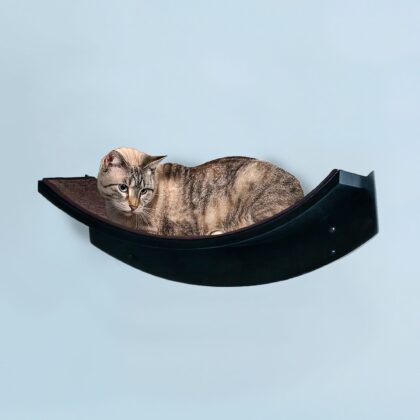
10 Tips to Get My Cats to Stop Fighting
If you’re a multi-cat household, harmony isn’t always the order of the day. Cats, like people, have personalities and moods that can sometimes clash. Whether you’ve recently introduced a new cat into your home or your long-term cohabitants have started sparring, managing feline disagreements is crucial for a peaceful home. Here are ten practical tips to help restore peace and reduce fighting among your cats, with a little help from innovative solutions like those from The Refined Feline.
1. Understand the Cause of the Fighting
The first step in resolving conflicts is to understand why they are happening. Are your cats fighting over territory, food, or perhaps attention from you? Observing when and where conflicts typically occur can help you identify the triggers and address them more effectively. Here are some of the reasons why cats fight:
Territorial Behavior
Cats are inherently territorial animals, a trait derived from their wild ancestors. The introduction of a new cat into the household can be perceived as a threat to the existing cat’s territory, leading to conflicts. Even in a multi-cat household where cats have grown up together, changes in the environment or the cats’ social structure can trigger territorial disputes.
Fear and Anxiety
Fear is a powerful motivator for aggression in cats. A cat who feels cornered or threatened might lash out as a form of defense. This can often be seen in households where there’s a lack of escape routes or hiding spots. Fear-driven aggression can also occur when a cat has had a negative experience in the past with another cat, person, or situation, and encounters a similar scenario.
Play Aggression
Sometimes what appears to be fighting is actually play behavior, especially in younger cats. Play fighting is a normal part of cat behavior and is a way for them to practice hunting techniques and blow off steam. However, play can sometimes escalate into real aggression if not monitored. Signs of play include retreating and returning voluntarily, relaxed body postures, and the absence of hissing or growling.
Redirected Aggression
This type of aggression occurs when a cat is aroused by something but cannot respond directly to it (e.g., seeing another cat outside but being unable to reach it) and instead turns their aggressive behavior towards another cat or person in the household. Redirected aggression can be sudden and severe, catching the other party by surprise.
Pain-Induced Aggression
If a cat is in pain, their tolerance for interaction can decrease dramatically. They might lash out in response to being touched in a painful area, or they might display increased aggression due to the stress of their discomfort. This is particularly common in older cats who might suffer from arthritis or other chronic ailments.
Sexual Aggression
In non-neutered males and non-spayed females, hormonal changes can lead to aggressive behaviors. This type of aggression is often directed towards other cats and can be accompanied by other behaviors such as spraying, loud meowing, and attempting to escape the house to mate.
2. Provide Separate Resources
Competition can lead to conflict. Ensure each cat has its own food and water bowls, litter boxes, and sleeping areas. The general rule is to have one of each resource per cat, plus one extra. This strategy reduces competition and gives each cat its own space to eat, drink, and do their business in peace.
3. Increase Vertical Space
Cats love vertical spaces, as they provide a way to escape and observe their surroundings safely. Products from The Refined Feline, such as cat trees or cat wall shelves, can significantly enrich your cats’ environment. Providing multiple high perches can reduce tension by giving your cats more options to avoid each other if they choose.
4. Introduce a Calming Pheromone Diffuser
Pheromone diffusers can help in soothing anxious cats and reducing aggressive behaviors. These diffusers emit a synthetic version of the pheromone mother cats produce to calm their kittens, which can be effective in calming adult cats too.
5. Ensure Proper Introduction of New Cats
If fighting began after introducing a new cat, it might be due to improper introduction techniques. Reintroduce the cats slowly, starting with scent swapping, then brief visual introductions, and gradually increasing their time together under supervision until they can coexist peacefully.
6. Create a Routine
Cats thrive on routine, as it makes their world predictable and less threatening. Establish a consistent schedule for feeding, play, and attention. This predictability can reduce anxiety and territorial behavior.
7. Utilize Play Therapy
Play therapy can be beneficial in reducing aggression and improving relationships between cats. Use toys to interact with your cats together, encouraging them to focus on the toy rather than on attacking each other. This not only helps in burning off excess energy but also builds positive associations between the cats.
8. Monitor and Manage Interactions
Keep a close eye on interactions between your cats. If you notice signs of tension, distract them with a loud clap or a squirt of water. Don’t let them fight it out, as this can increase aggression over time. Consistently intervening can teach them that fighting is not an acceptable behavior.
9. Give Individual Attention
Jealousy can be a big motivator for aggression. Make sure to spend one-on-one quality time with each cat, providing affection and interaction that reassures them of their value to you. This personal attention can help in reducing rivalry and feelings of neglect.
10. Consult a Veterinarian or Animal Behaviorist
If all else fails, seek professional help. A veterinarian can check for any health issues that might be causing aggressive behavior. An animal behaviorist can offer more targeted strategies based on observation of your cats’ interactions.
Incorporating Solutions from The Refined Feline
The Refined Feline not only provides practical products like cat trees for vertical space but also offers aesthetically pleasing solutions that blend seamlessly with your home decor. Consider their sophisticated designs to enhance environmental enrichment for your cats, which can be pivotal in reducing stress and aggression.
For instance, the integration of The Refined Feline’s Lotus Cat Tower in your home not only enriches your cats’ environment by providing them with their own space but also adds a touch of style, making it a win-win for both pet and owner.
Final Thoughts
Managing cat conflicts may require patience and a bit of trial and error to find what best works for your particular situation. Remember, the goal is to create a peaceful and enjoyable environment for all your pets, fostering a home where they feel safe and valued. With the right strategies and tools, like those from The Refined Feline, you can minimize or even eliminate fighting, helping your cats live together more harmoniously.










